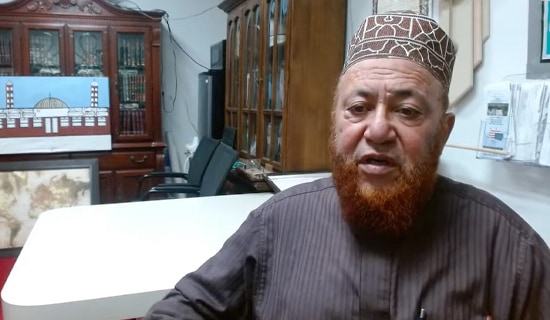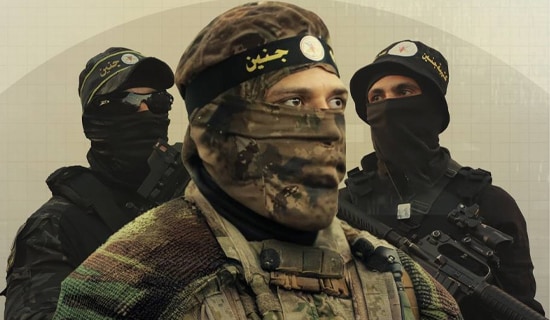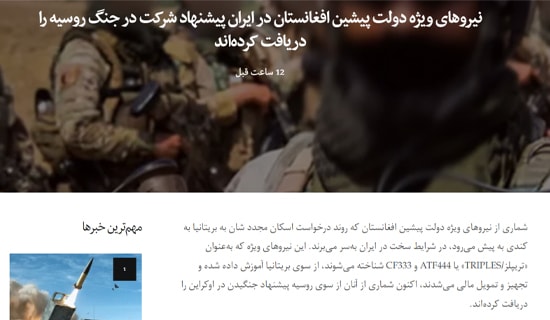Yesterday's attempted terrorist bombing in New York City's busiest subway corridor by an ISIS sympathizer highlights the need for increased and ongoing vigilance by the public and by security officials who protect the nation's transportation centers, including trains and railway systems. In this case, it was the brave Port Authority Police officers who prevented a catastrophe – they noticed the wires coming out of the attacker's pants and jacket and saw that he was reaching for his cellphone, and acted immediately to neutralize the threat.
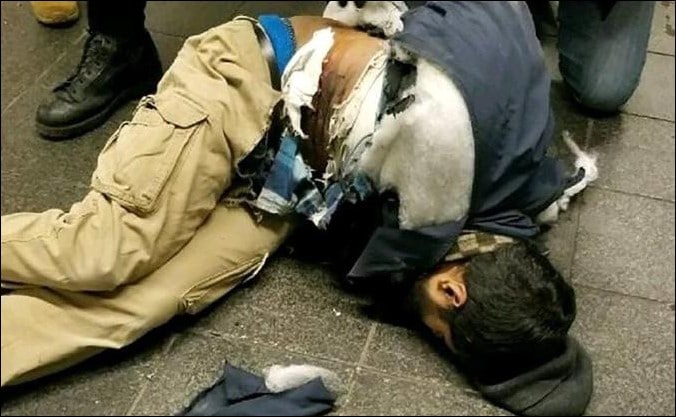
This failed attack was just the latest in the past year that was either inspired or executed by terrorist groups, led by Al-Qaeda and ISIS, who have been targeting railway stations in the West for over a decade. Therefore, it is surprising that during the holiday season, one of the busiest travel times, Amtrak has been cutting security to save money – and potentially putting the lives of thousands at risk.
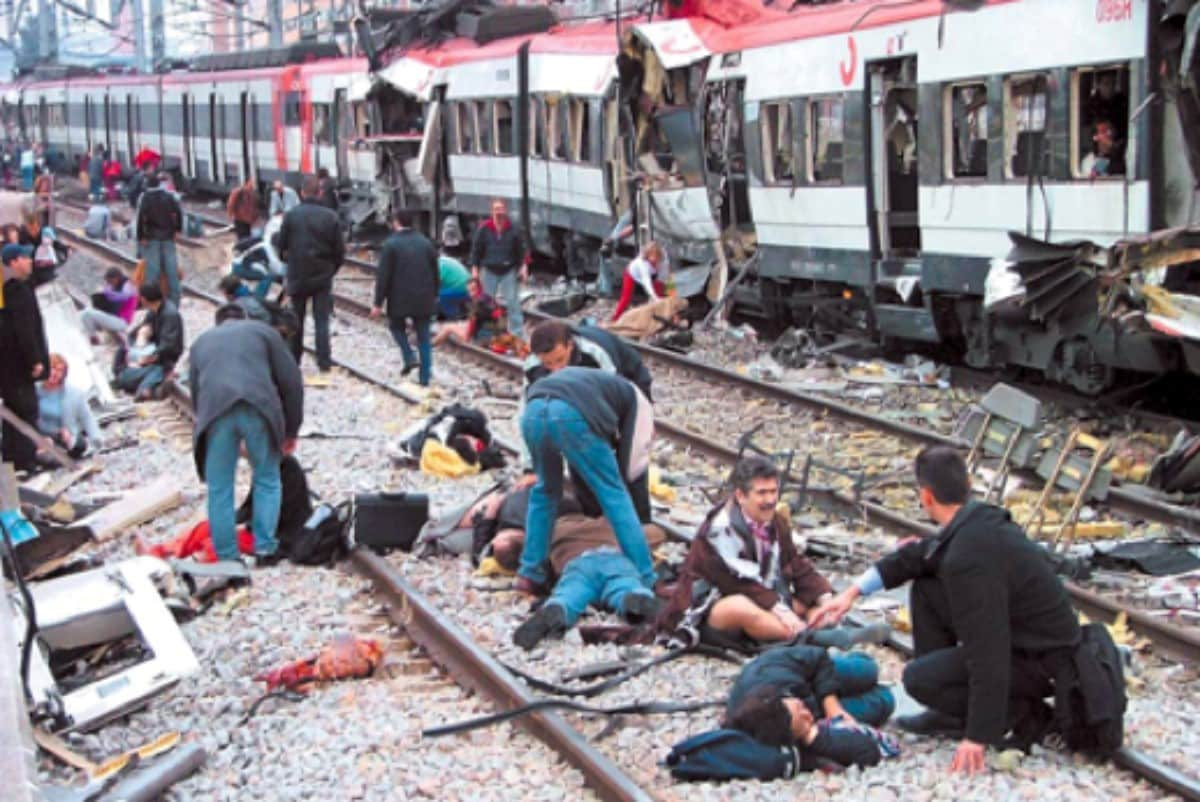
Al-Qaeda-linked Madrid train bombings, March 2004
As a frequent rider on Amtrak's Washington DC Union Station-New York Penn Station Acela route, I was surprised, a few weeks ago, to find that Amtrak personnel were no longer checking passengers' tickets at the entry gate, nor requesting ID for ticket purchases. Pointing this out to the conductor, I was informed that these are new cost-cutting measures, and this was confirmed by other Amtrak employees.
While Amtrak may be maintaining security in other ways – with bomb-detecting dogs, video surveillance, and its own hard-working police force diligently monitoring threats – the absence of security at the gate leaves a major gap which will not go unnoticed by terrorist groups or lone-wolf sympathizers who are scoping out sites to target.
Terrorist organizations' focus this year on railway stations and entire systems – and on Amtrak in particular – has been well documented. The most recent issue of Al-Qaeda in the Arabian Peninsula's (AQAP's) English-language Inspire magazine, released in August, was devoted entirely to targeting railways. The magazine's editor noted that this 100-page issue had been researched for over a year.

One article, complete with maps, suggested railway lines across the U.S. to target; one of these was the Washington-Boston Acela Express. Calling on Al-Qaeda supporters in the West, particularly in the U.S., to carry out attacks on railways, the magazine stated: "O Mujahideen, it is time we instill fear and make them impose strict security measures to trains as we did with their air transportation... we can make their economy bleed and wage a physiological warfare by breaching vulnerabilities in their security…"

Other articles in this issue of Inspire included an operational guide for derailing trains, and a piece by AQAP's chief bomb maker, Ibrahim Al-Asiri – one of the world's most wanted men – who underlined the importance of searching out "vulnerabilities" constituting "a weak point which we must focus on" and outlining ways to attack railways: trains, tracks, and stations, terminals, and transit points. Al-Asiri's involvement with targeting these means that the terrorist threat against Amtrak should be taken very seriously.

This year, terrorist groups have successfully carried out multiple railway station attacks in the West. On October 1, ISIS claimed responsibility for a stabbing attack at the main station of Marseilles, in southern France, in which two people were killed; the attacker yelled “Allahu akbar” as he stabbed his victims. In September, ISIS claimed responsibility for the bombing of a train at Parsons Green metro station in London, UK, in which 30 were injured. In June in Belgium, there was an attempted nail bomb attack at Brussels' Central Station; in April, in Russia, 14 were killed at a station in St. Petersburg, when a briefcase bomb exploded; and in March in India, 10 were wounded in an ISIS attack at a station in Madhya Pradesh state.

Left: Stabbing at Marseille train station; right: attempted nail bomb attack in Brussels
These attacks follow a series of similar ones in the West in 2016: In Germany in July, ISIS claimed responsibility for a knife and hatchet attack on a train at Wurzburg in which five were wounded. Following this, ISIS released a video featuring the attacker brandishing his weapons and promising "I will slaughter you with this knife and cut off your head with axes, inshallah."

In March, a suicide bombing at the Maalbeek metro station in Brussels killed 20. Before that, the August 2015 shooting and stabbing attack by an ISIS sympathizer aboard a Thalys train in France, notably thwarted by three American passengers, wounded three. Other, much larger-scale train attacks, by Al-Qaeda and its affiliates – for example in Moscow in 2010, in London in 2005, and in Madrid in 2004 – killed many hundreds and wounded thousands more.

Left: Maalbeek metro station attack in Brussels, in which 20 were killed; right: ISIS sympathizer aboard a Thalys train in France.
Online, jihadi groups and their supporters openly discuss targeting railway stations in the West, and test runs for attacks may be underway, as has been documented by the MEMRI Jihad and Terrorism Threat Monitor project (JTTM). For example, a French Snapchat user posted a video of herself in October last year in the restroom of a TGV train departing the Gare de Lyon station in Paris, in which she removed her veil, played the French ISIS song "My Vengeance," and displayed her suitcase in a suspicious manner. She was reportedly detained a few days later.

The pro-ISIS media group Al-Battar last year posted on its channel on Telegram – the encrypted messaging app most favored by jihadis – a call to Muslims in the West "to carry out attacks by every means, and all possible targets," including subway stations: "Do not make do with killing one, two, three, or even four of them. Target metro stations... plunge knives into their hearts."
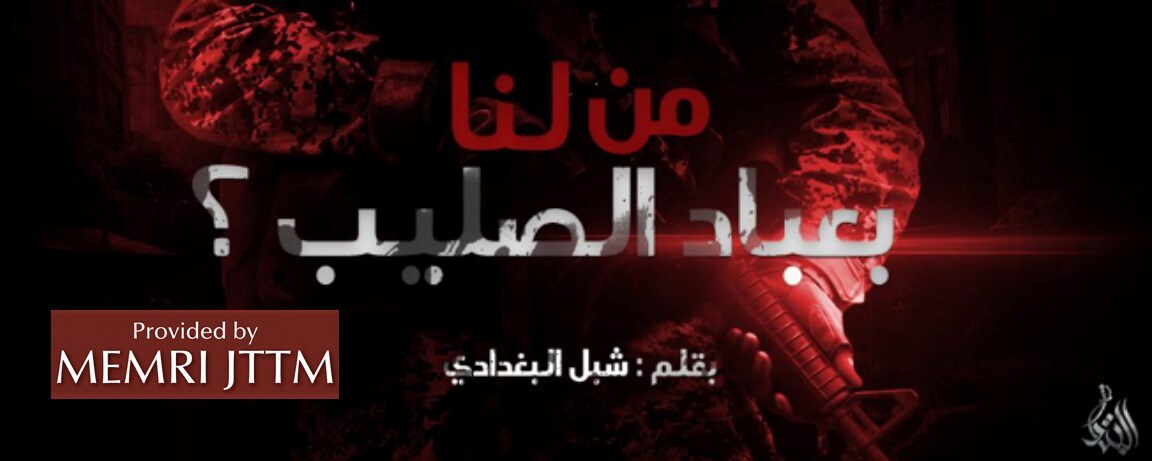
Also on Telegram, the "LM" – "Lone Mujahid" – channel frequently posts ideas for railway attacks for its thousands of members. A September 28 post included videos of stations in Australia to target, including the Flinders Street station in Melbourne and the Sydney Town Hall subway station, and a call to attack any train in the country. Another stated: "No need to board trains. Just go to the train station. Then Bismallah Get Busy!" The previous week, the channel had posted a video filmed inside Liverpool's Lime Street station in the UK.

On its website, Amtrak highlights its "Commitment to Safety & Security," noting that it "does not compromise" and listing the many ways in which it protects passengers, trains, and stations. It also notes that Amtrak is part of the nation's ground-based transportation system that shares facilities with commuter rail operations and city train stations handling millions of passengers a day. Security lapses at the gate leave a gaping opening for terrorists; other decisions not publicly known that are aimed at cutting costs could pose additional risks. Amtrak's new CEO, Richard Anderson, brought in, in the company's words, to continue its "path towards operational and financial excellence," should explain his reasoning for this move, and there may be a need for more oversight by the DHS or TSA.
*Steven Stalinsky is Executive Director of The Middle East Media Research Institute (MEMRI).


